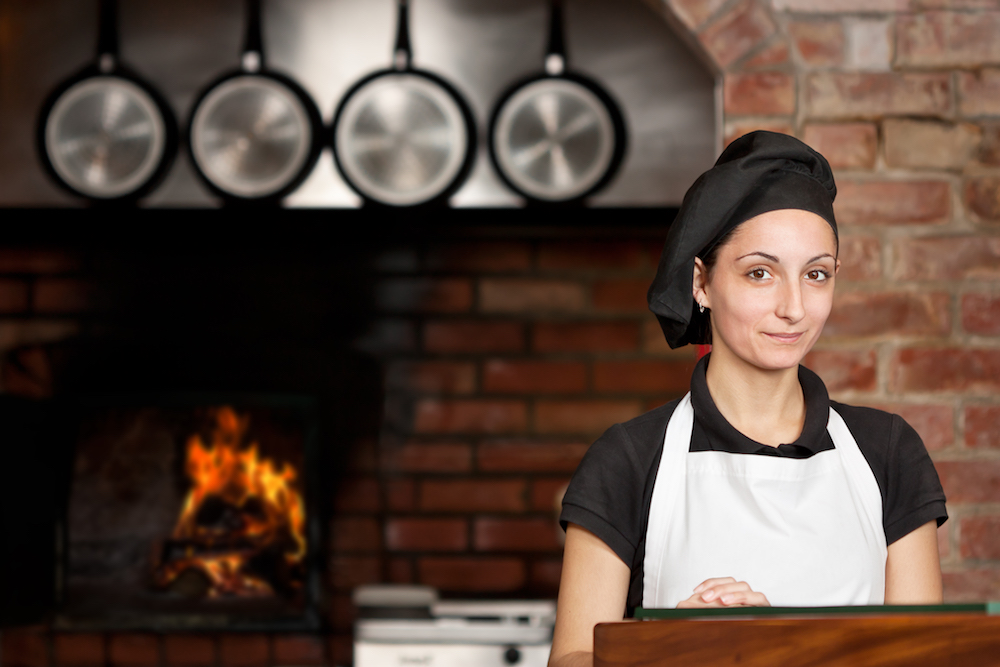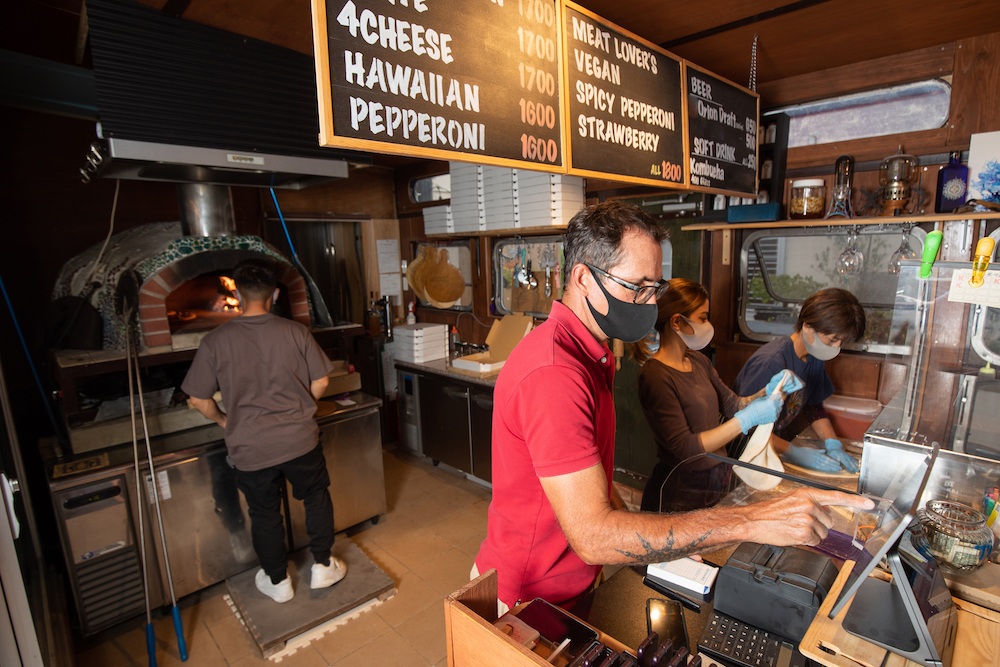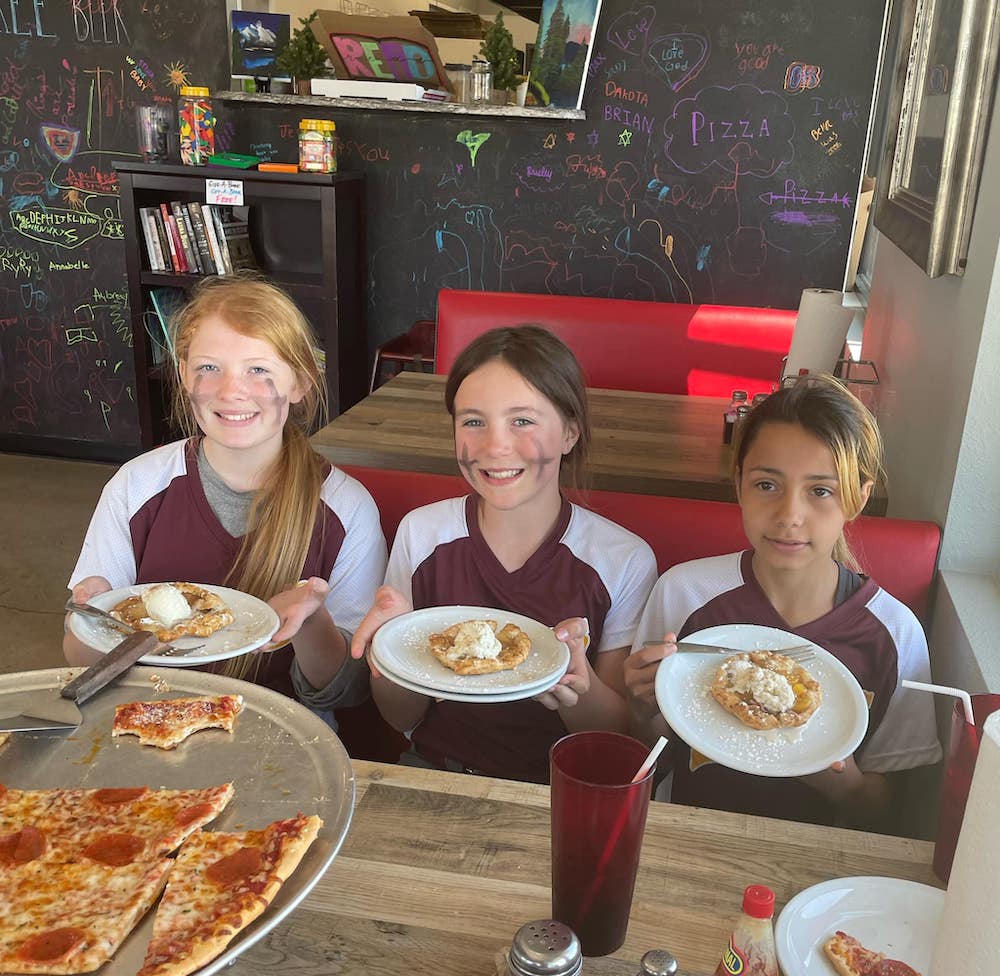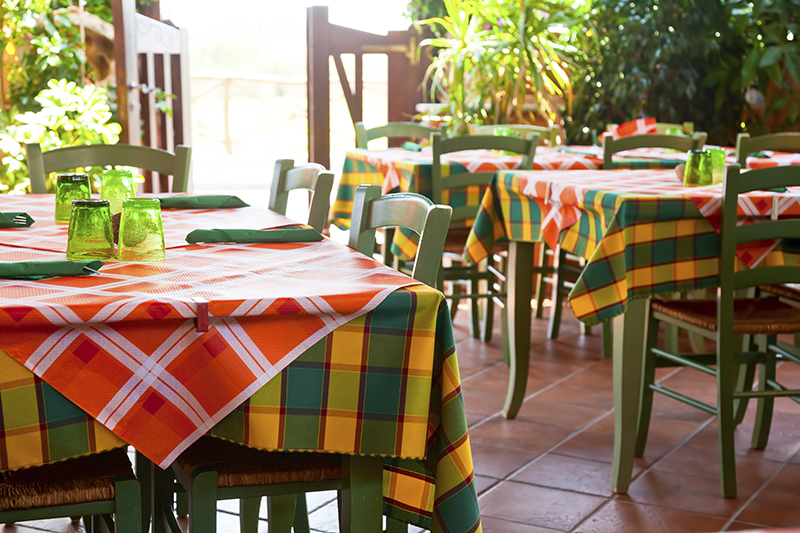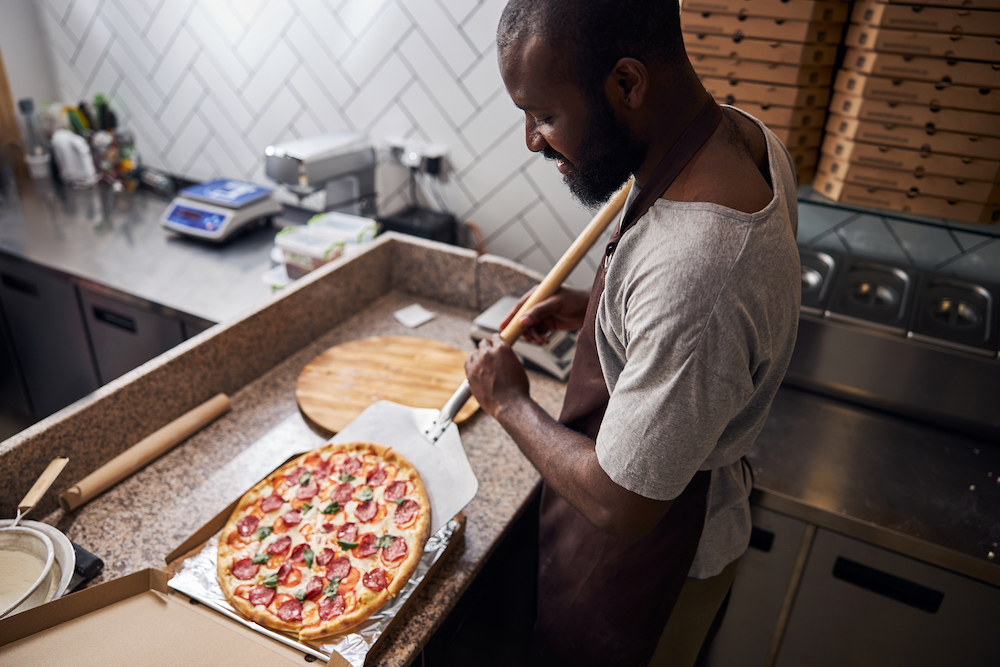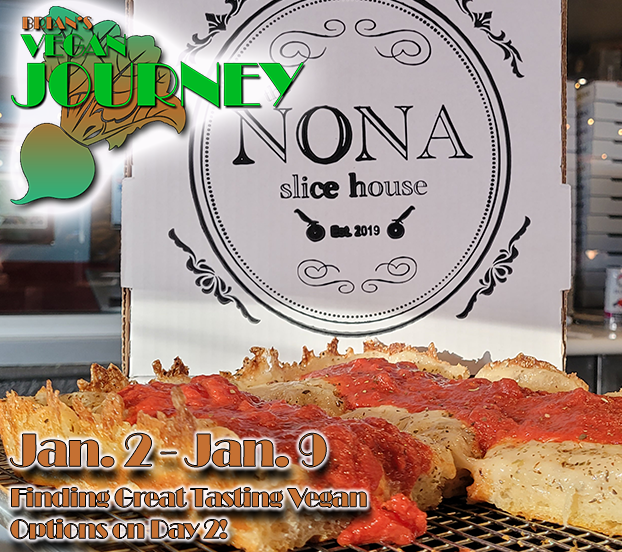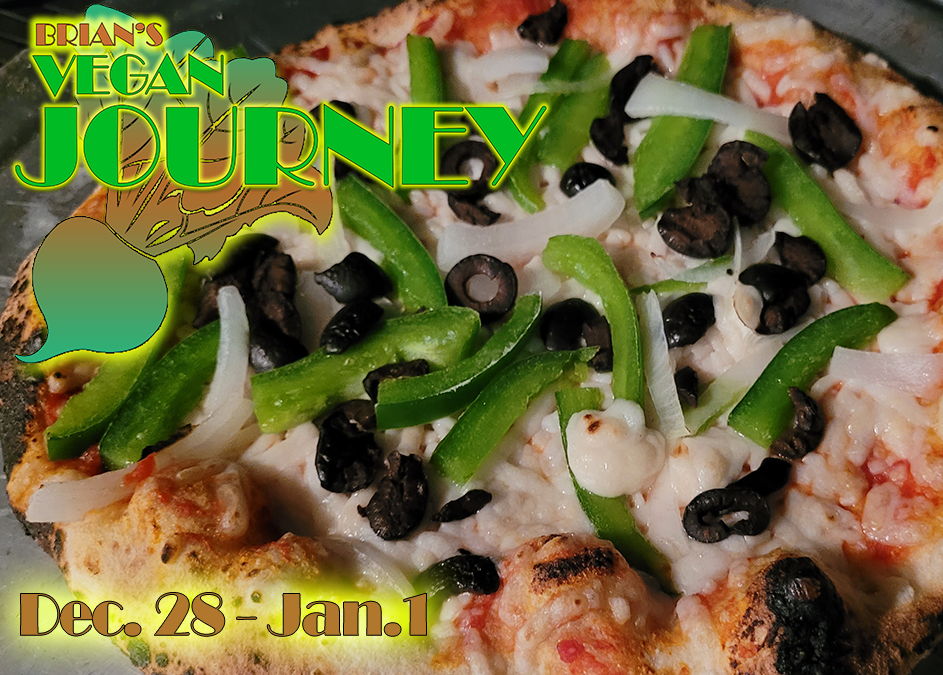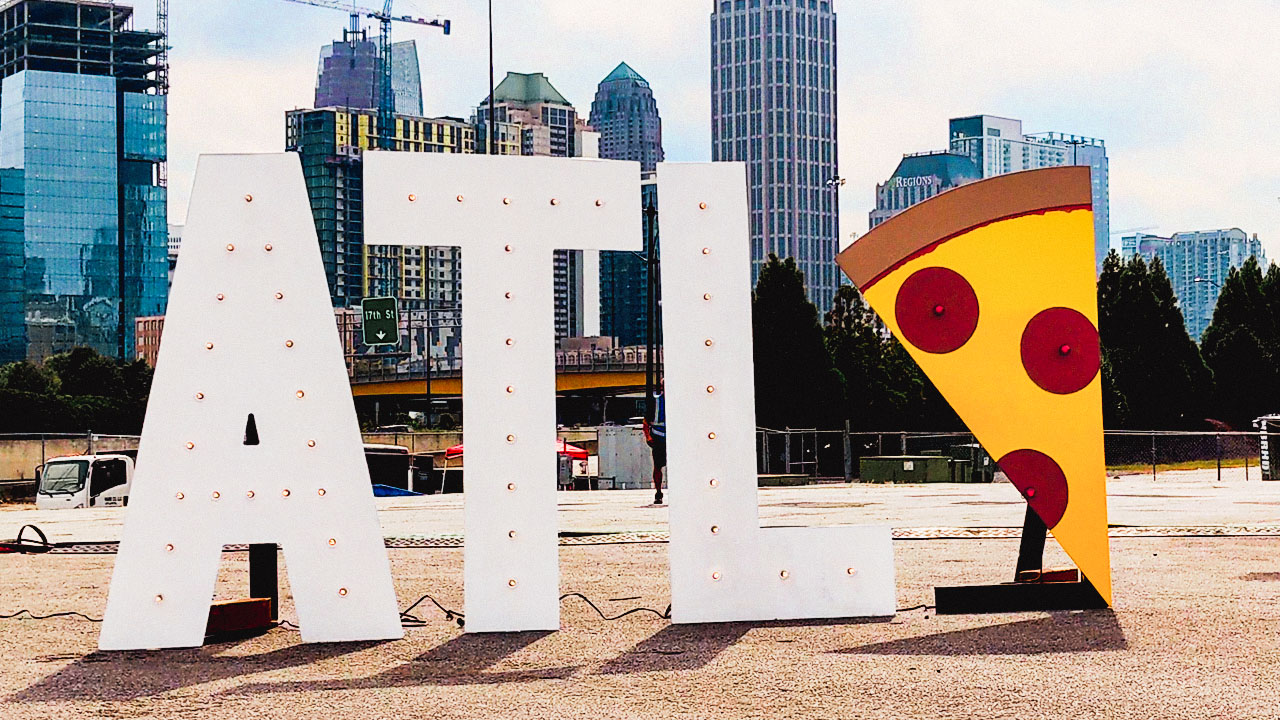By Michael Rasmussen
Just how much time do you spend on creating a budget for your pizzeria’s operations? Think about it: You wouldn’t get on a plane if you weren’t comfortable that the pilot budgeted the correct amount of fuel needed for the trip. You wouldn’t enter into a long-term lease in a strip mall without budgeting your restaurant’s cash flow to ensure you can pay the lease, since nonpayment may lead you to bankruptcy. You wouldn’t sign a contract with your food supplier without budgeting your profit margin, since excessive food costs could create a negative cash flow.
Creating a budget for a pizzeria may be one of the few ways you can seize control of your business finances before problems drift into disaster territory. Disaster can manifest itself in many forms, such as:
- Not being able to take advantage when opportunity knocks—such as buying a piece of equipment that has been greatly reduced in price and that would double your sales.
- Having your credit tarnished—or worse.
- Being forced to file for bankruptcy due to cash flow shortages.
What Is a Budget?
A budget is simply an accounting of your income and expenses during a certain period of time, usually a month or a year. Creating a budget for a pizzeria involves looking at how much money you expect to earn, and then determining what you can afford to spend. Having a budget does not prevent you from spending money, using credit cards, or taking out a loan for special purchases. Instead, a budget encourages you to be certain you can afford what you’re buying and guides you through what lifestyle changes, if any, you’ll have to make in order to pay for it.
And having a budget does not prevent you from having fun either! On the contrary—a budget gives you greater freedom to spend the money you earn. Trust this advice: It is far better to have control of your budget than to have your spending control you.
Related: Don’t let bad-apple employees spoil your pizzeria’s operations
Many times I have heard, “I don’t have time to sit down and work on my budget. I just wing it, and I have done just fine. I operate the restaurant by my gut.” Here’s the reality: Every employee, organization, vendor and customer who comes into contact with your restaurant is expecting the owner at the helm to ensure that sound business decisions are in place—and that they won’t be hurt by doing some form of business with you and your restaurant. You are creating trust with each one of these parties. Frequently comparing your actual results to an established budget allows you to raise a white flag for help sooner rather than later, if necessary. Toss the ego aside and become accountable.

Success starts with creating a budget for your pizzeria and sticking to it.
In short, a budget is the place where you tie all of the rest of your planning down to numbers and timing. For example, if you need to buy a piece of equipment, you need to know when you are going to order it so that you can have it on time for the business, and you also have to plan for the money necessary to buy that equipment. So the budget becomes the place where you can tie all those things together.
Related: Pizzeria owner Billy Manzo shares 10 tips for pizzeria success
Beyond that, the budget for your pizzeria provides the road map where you believe you want to go, so it helps you set goals in terms of what revenue you want to achieve, and it helps you track those goals.
A budget also provides a great tracking tool and, beyond that, disciplines you to do all of the homework necessary to go into business. Take this opportunity to look forward and ask: What do I need to buy? What do I need to have in place? Finally, it’s a way to measure your results against your expectations.
Getting Started
First, simply start tracking your cash flow for the next 30 days. Start identifying monies in and monies out. If you have a POS system, you can start accumulating records of menu items that are moving and ones that are not. You can perform some basic food costing to ensure your profit margins are adequate to pay for your fixed expenses. Keep a diligent record of your cash in spreadsheet form. Balance your checkbook in its entirety. Don’t give this responsibility to your outside accountant; do it yourself first.
This process of tracking your money monthly needs to continue until you start seeing a trend. Restaurants are affected by outside factors, such as holidays, schools, birthdays, weather, community events, etc. Therefore, when you have tracked each month based on the activity at your restaurant, you’ll have a road map of expected activity to help you budget and look forward to anticipated revenues and expenses for your restaurant.
Related: How to use your restaurant POS system to increase customer satisfaction
Finally, sit down with your accountant and compare your budget to actual results that have been reported on your pizzeria’s tax returns in prior years to fine-tune the expected revenue and expenses you alone have identified. History has a way of repeating itself, and numbers don’t lie! Ask “why” about every revenue and expense identified. If you are a new pizzeria owner, then you should accumulate data from the National Restaurant Association or some other reliable source. Many local cities have demographic information based on buying patterns of consumers at existing restaurants. The Small Business Administration has agencies that can assist in free demographic studies, which can then be used in the creation of budgets for lending purposes.
Create a culture at your restaurant in which tracking numbers is important! Managers can make bonuses. Employees can make bonuses based on balanced cash drawers. It all starts from the top. If it’s important to you, it will be important to all employees in the restaurant. Think of budgeting as a tool that will provide a road map to one question all owners ask me: “Where’s my cash?”



